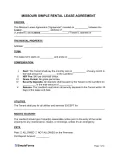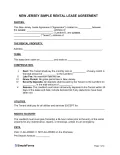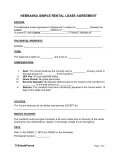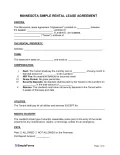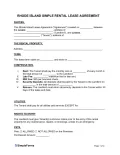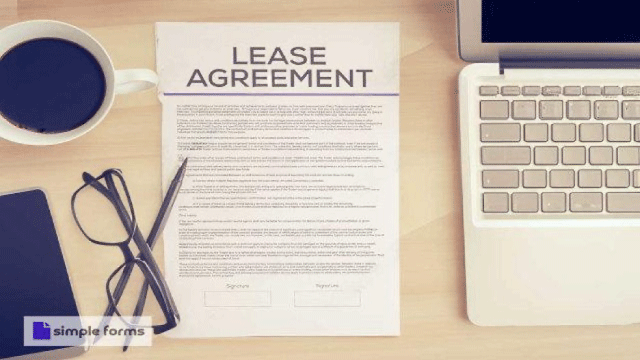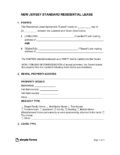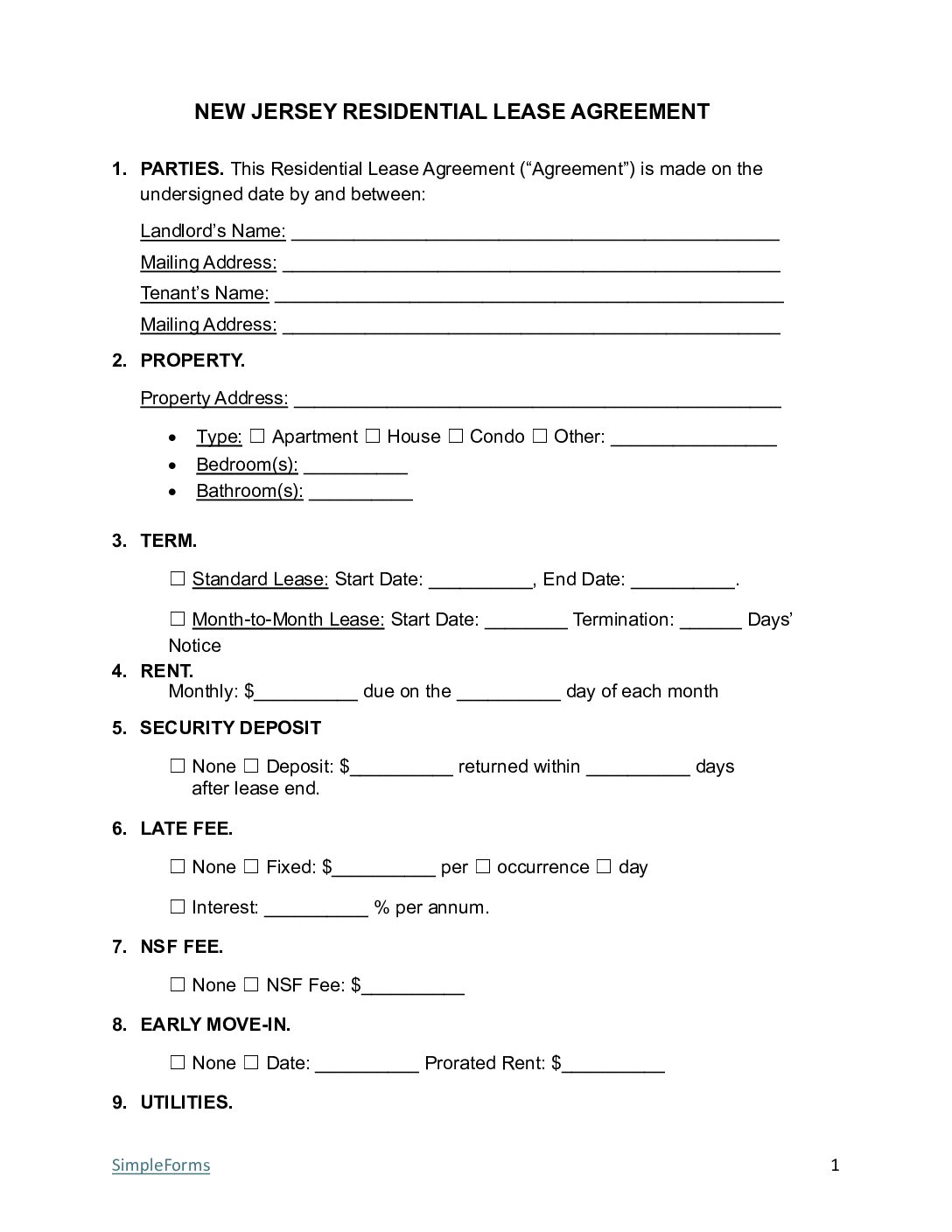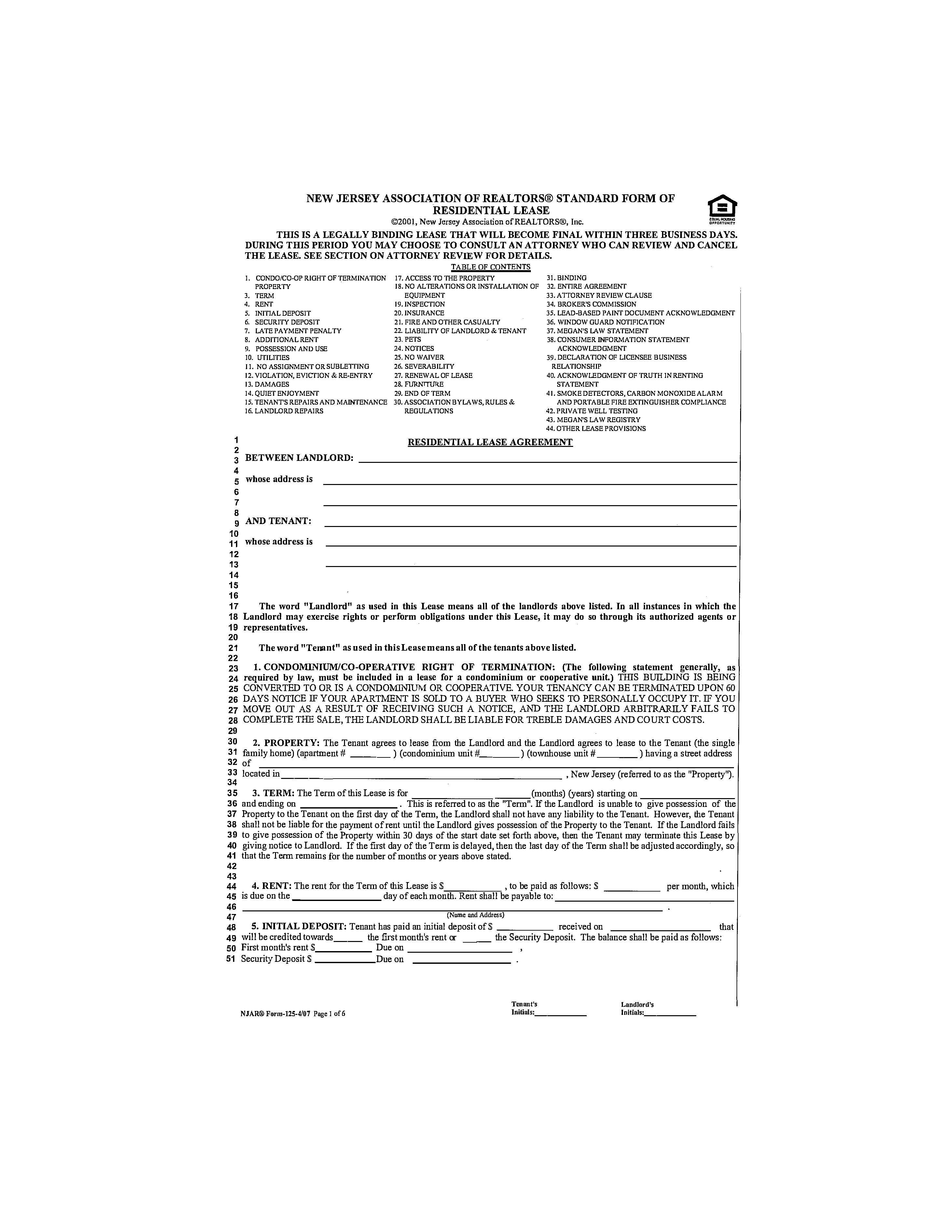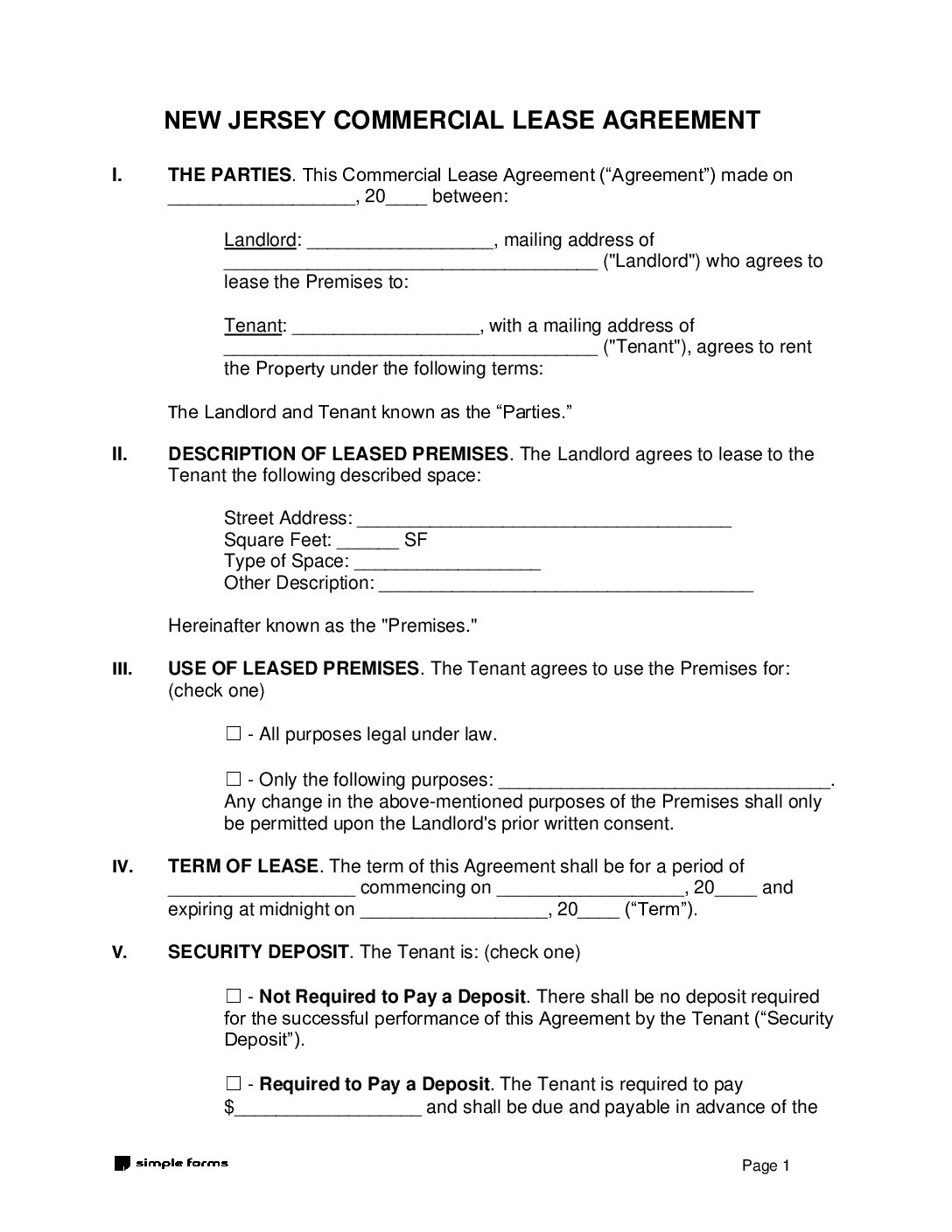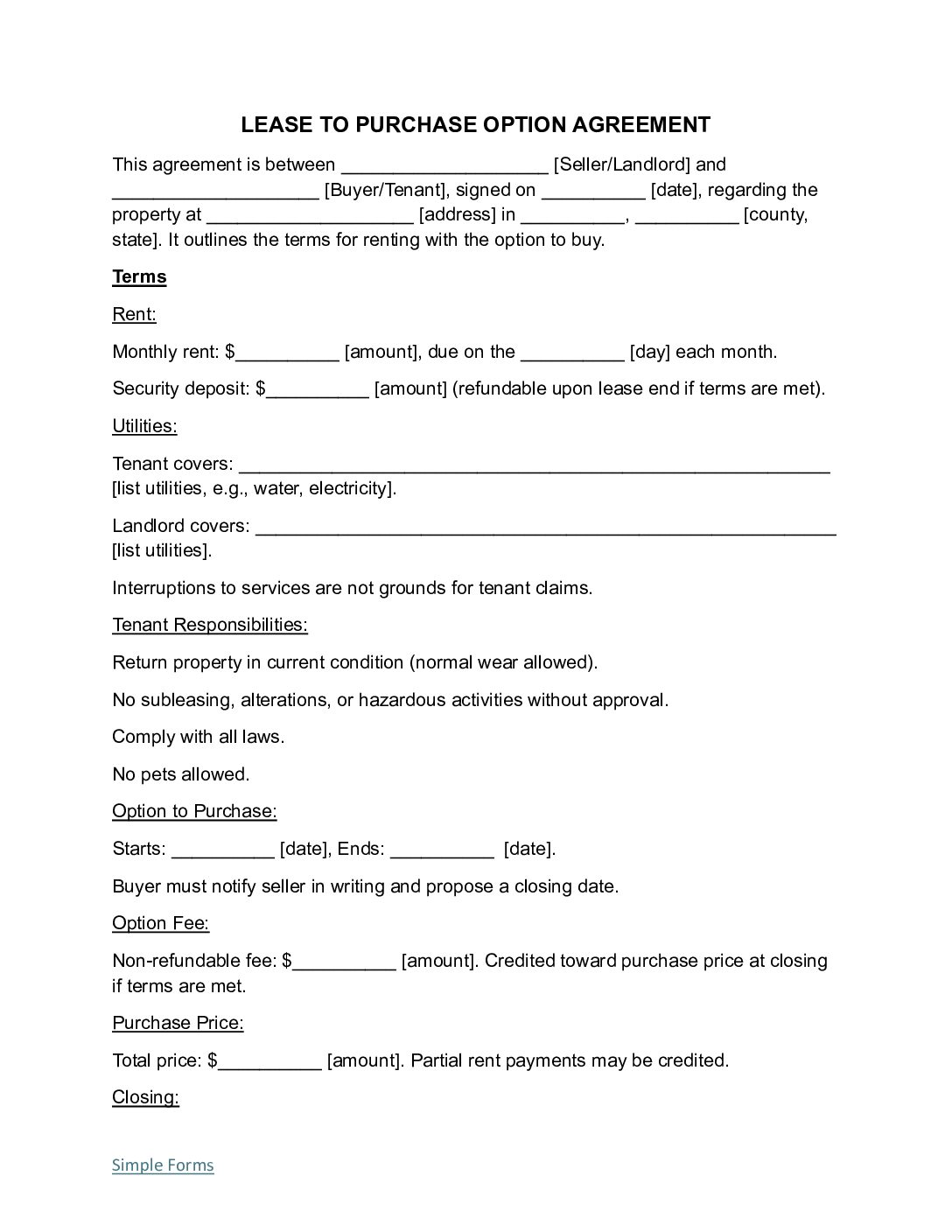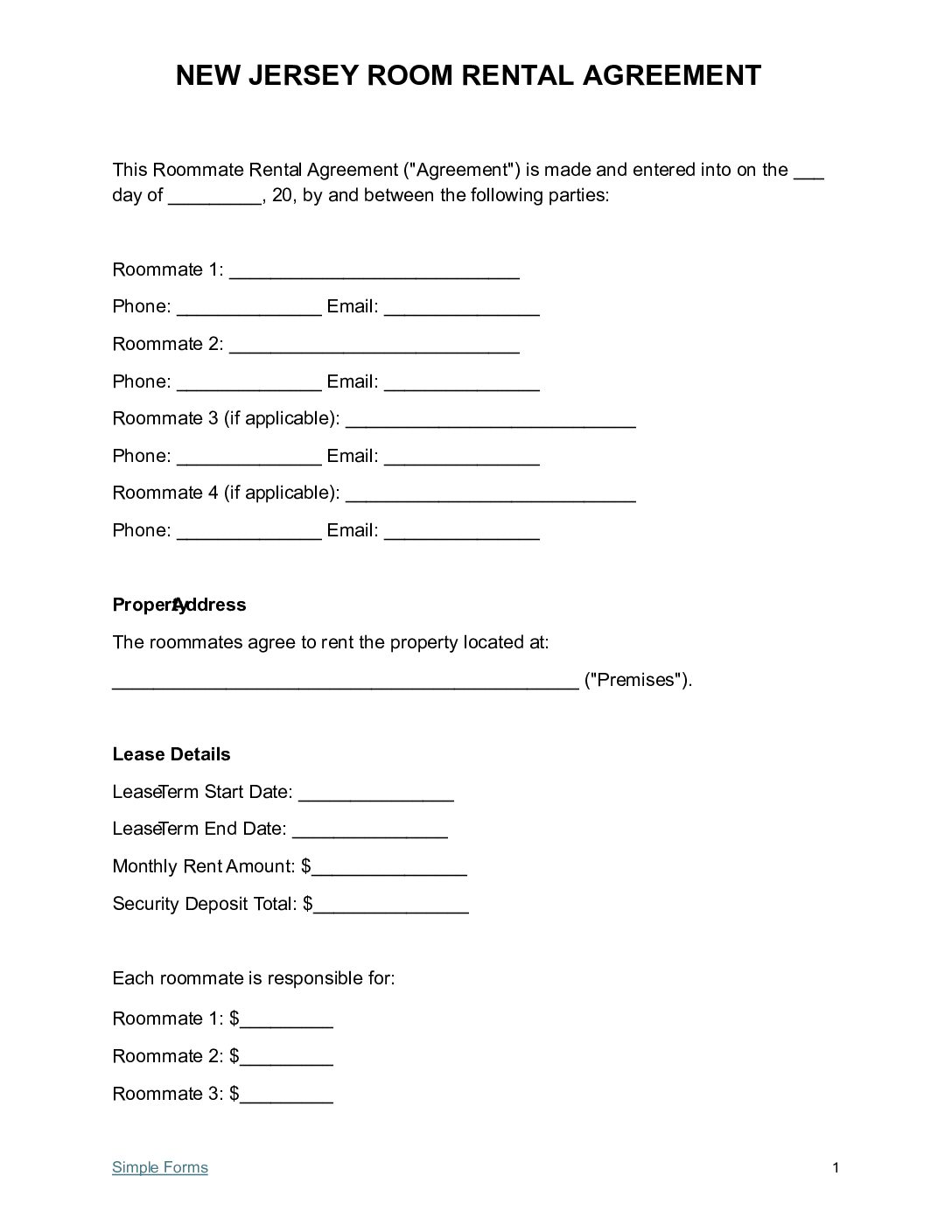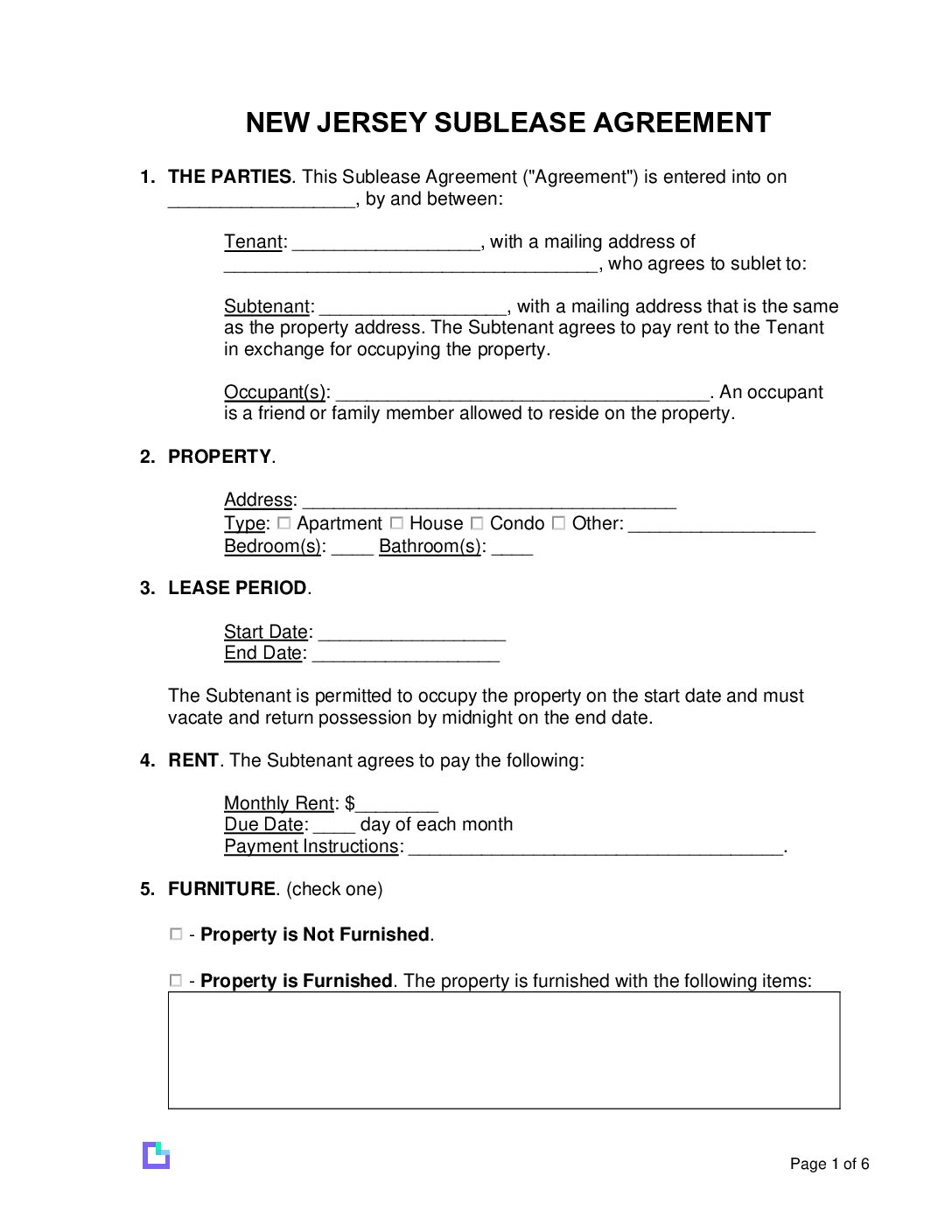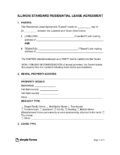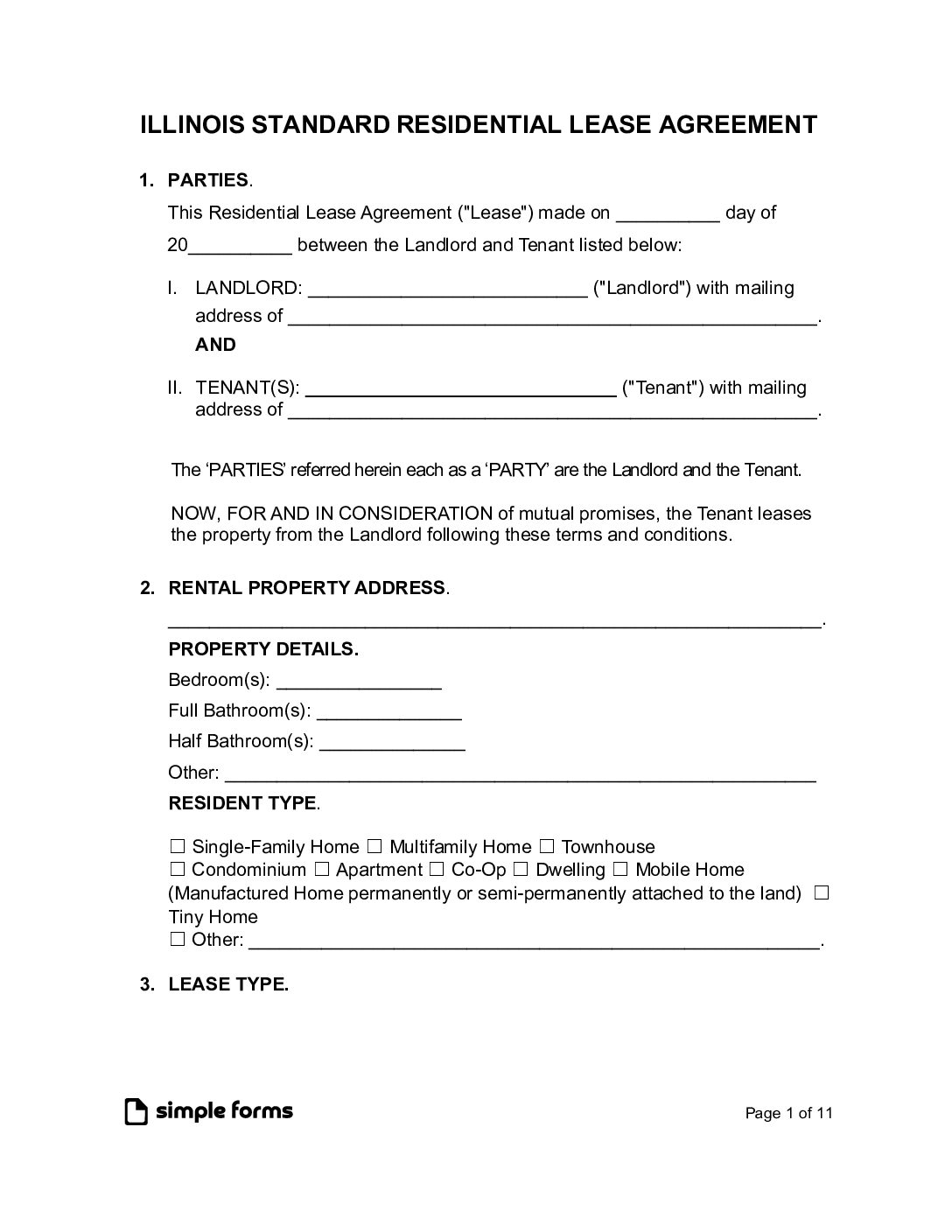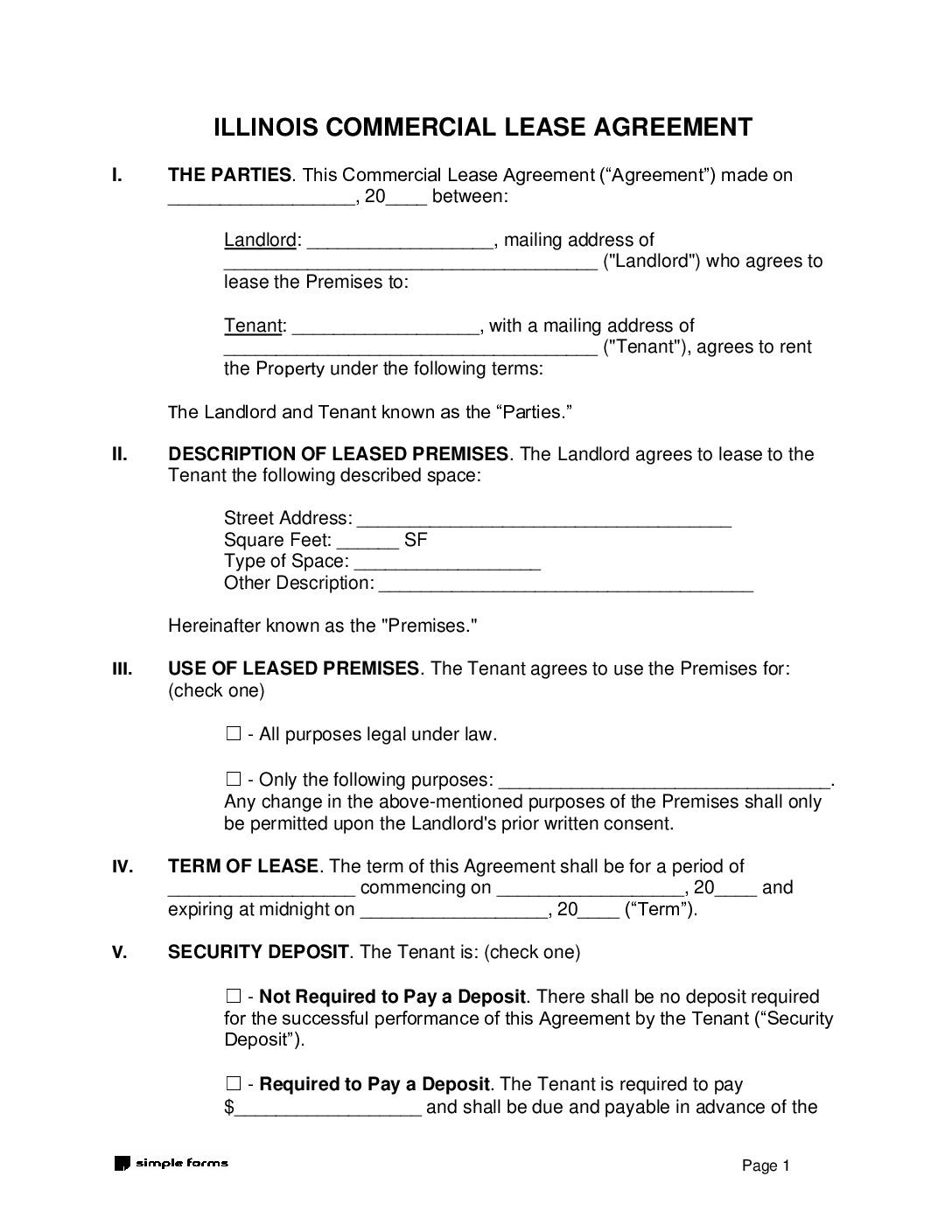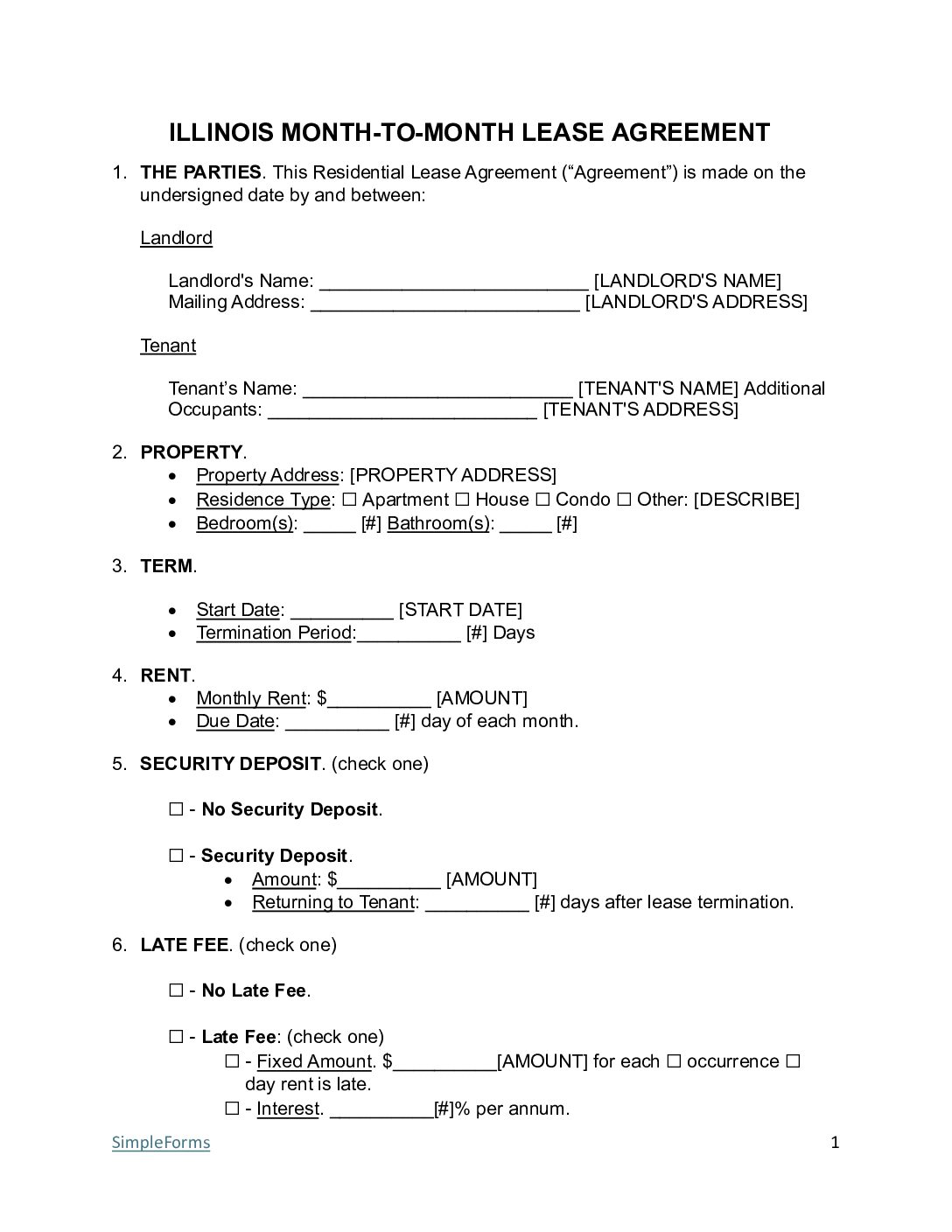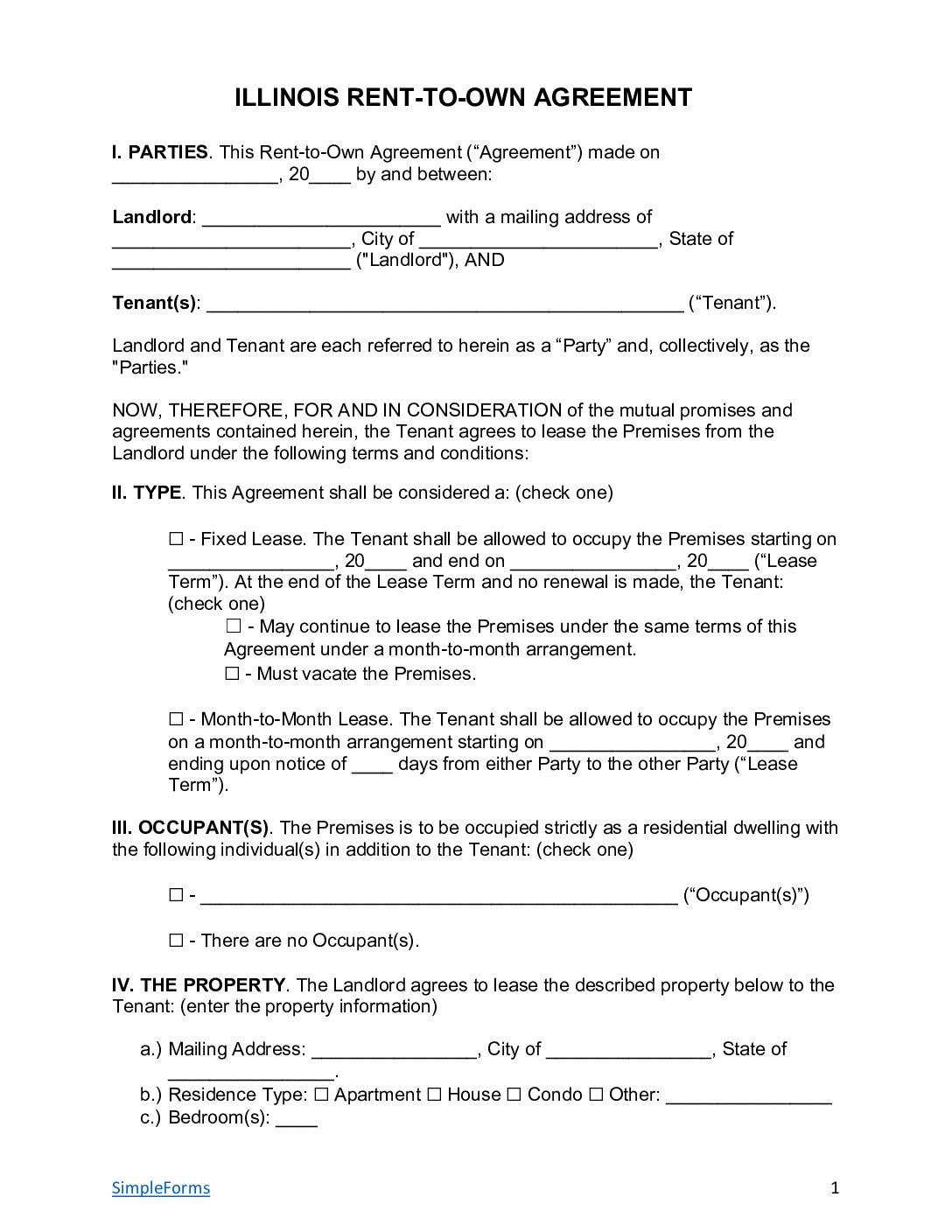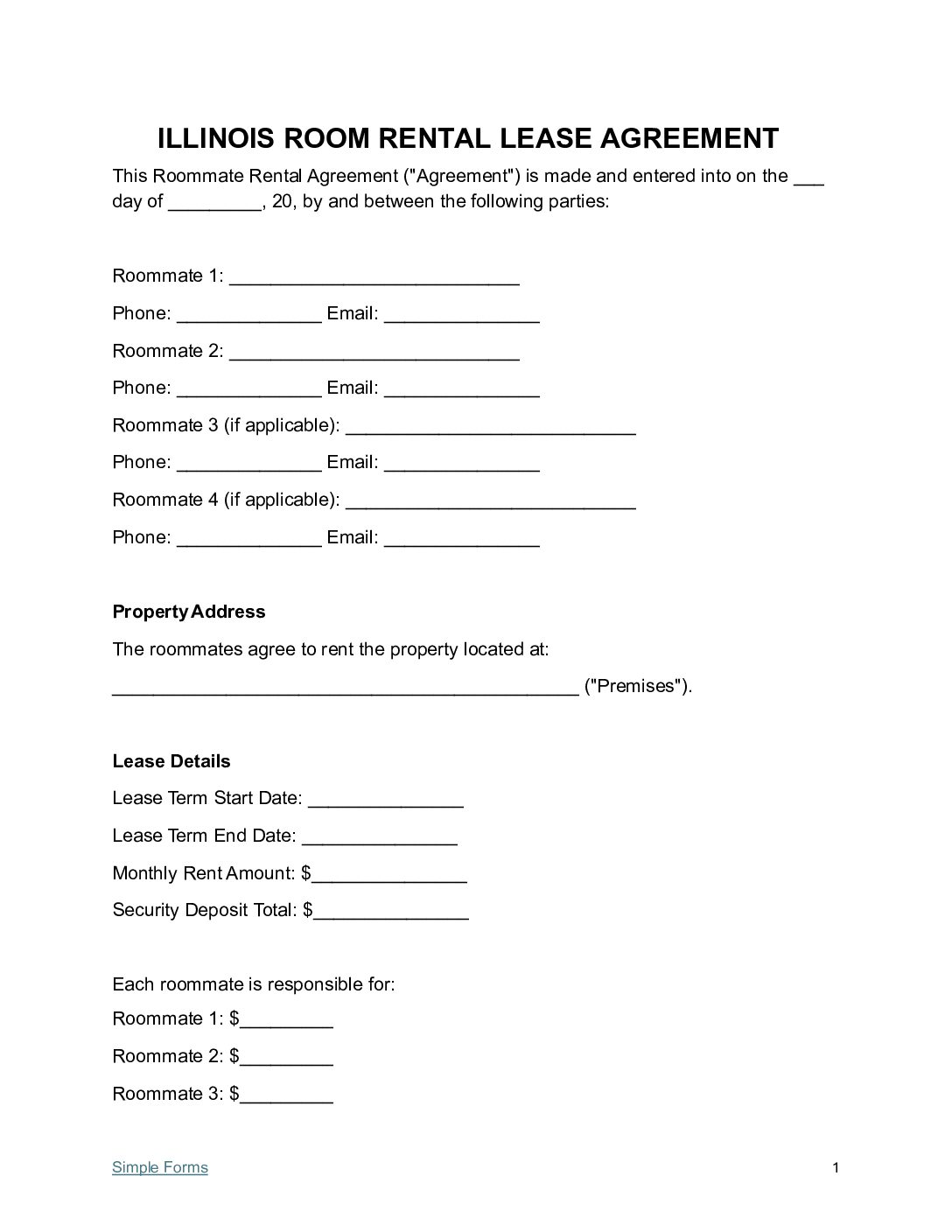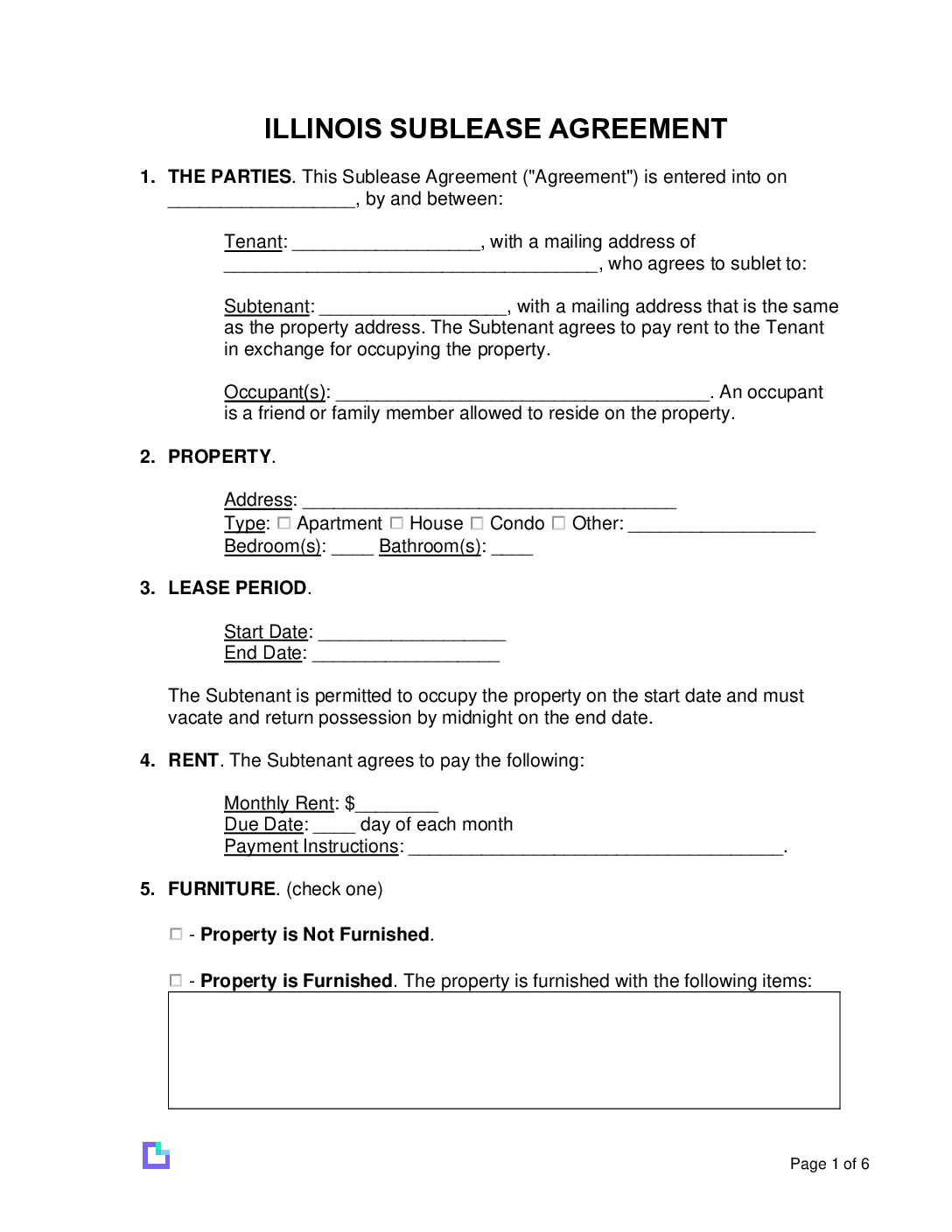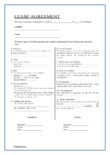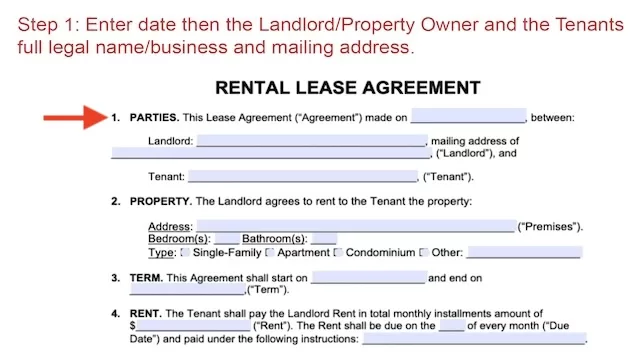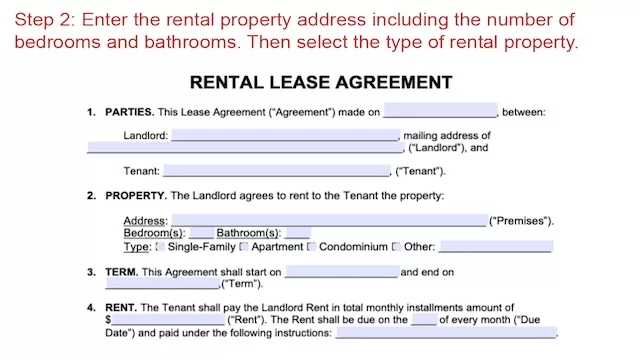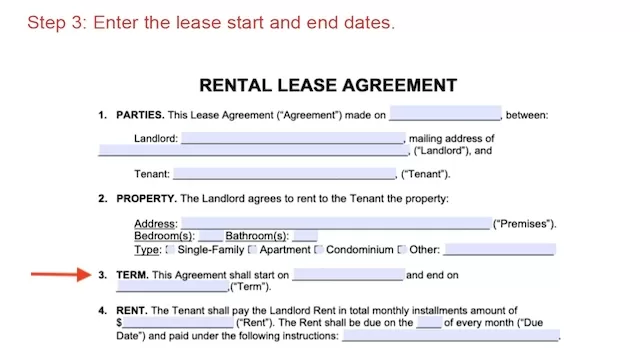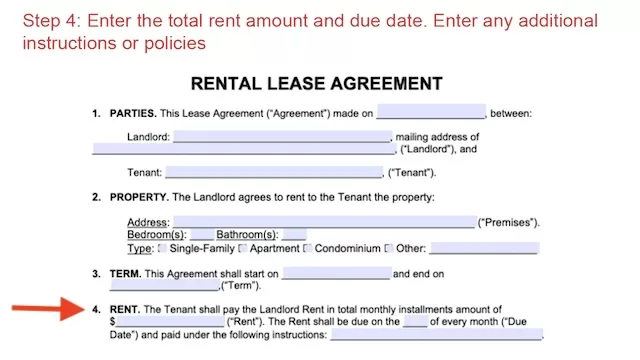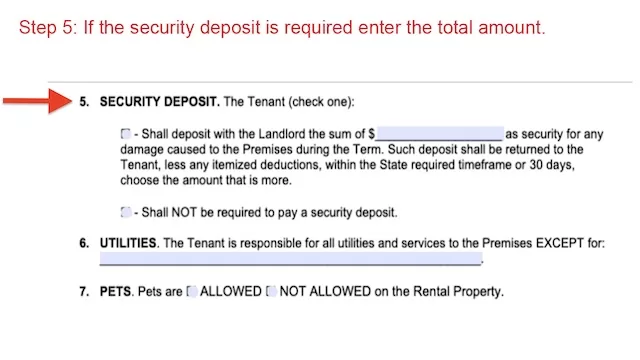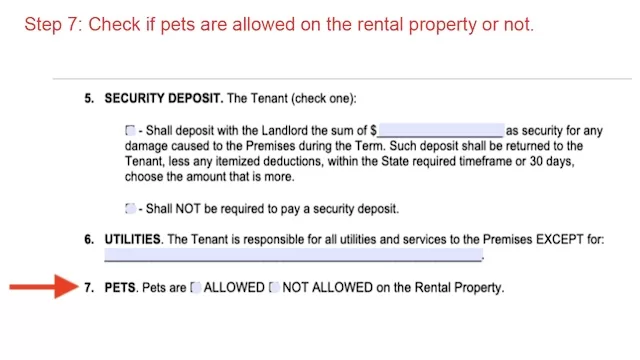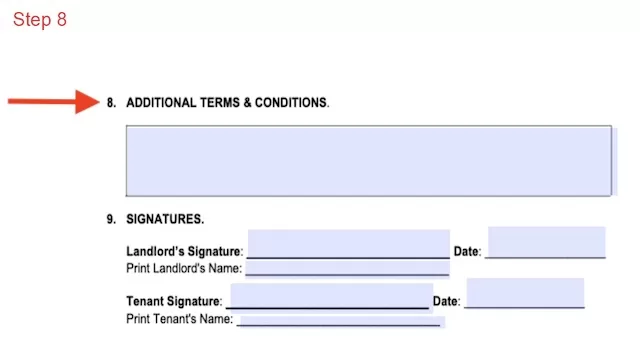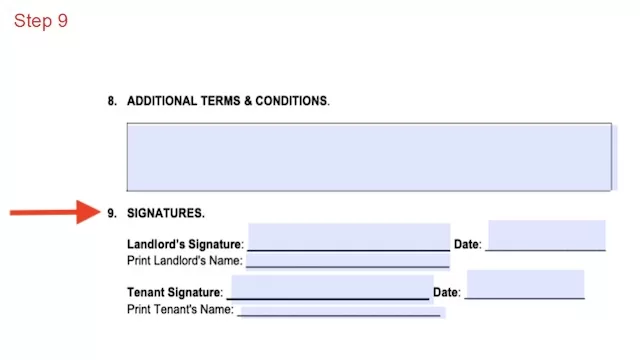A Missouri lease agreement
Options By Type
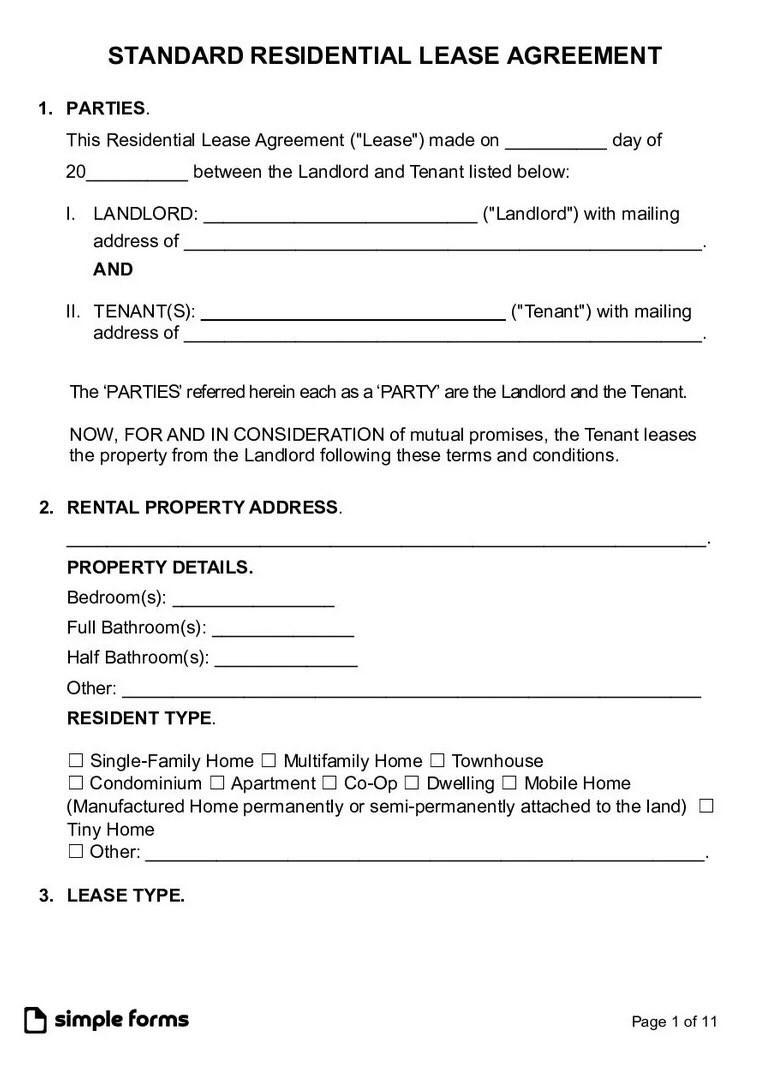 Standard Residential Lease Agreement Standard Residential Lease Agreement
|
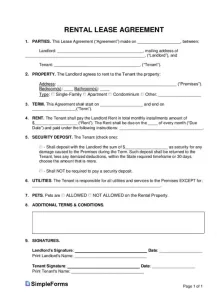 Simple (1-Page) Lease Agreement Simple (1-Page) Lease Agreement
|
Most Recent US Home Facts
- Population (2023): 334,914,895
- Median Households (2022): 125,736,353
- Median Household Income (2022): $75,149
- Owner-occupied Households (2022): 64.8%
Source: U.S. Census Bureau
Required Disclosures (1)
- Lead-Based Paint Disclosure
Security Deposit
Maximum Amount – Landlords can request up to two (2) months rent from Tenants.
Returning to Tenant – Landlords must return deposits to the Tenant within 30 days of the lease end date.
Landlord Access
General Access – No law mandating Landlord access. It’s typically recommended that Landlords give Tenants at least 24-hours notice prior to entering the rental property.
Emergency Access – Landlords can access the rental units in an emergency.
Paying Rent
Grace Period – The grace period should be written in the lease agreement as Missouri does not mandate grace periods.
Maximum Late Fee – No laws governing late fees.
Returned Checks (NSF) – $25 per bounced check. If the Tenant knowingly and intentionally gives Landlord a bad check the Tenant will be charge with a penalty criminally and will pay a fine of $750 or more.
Source: § 570.120(5)
Sample
https://simpleforms.com/wp-content/uploads/2024/04/Missourii-Simple-1-Page-Residential-Lease-Agreement.pdf

